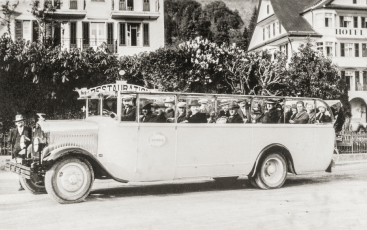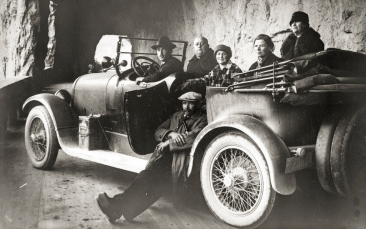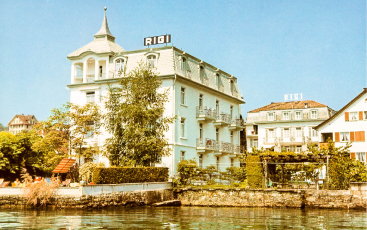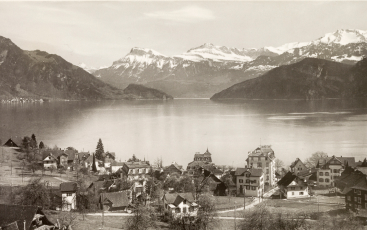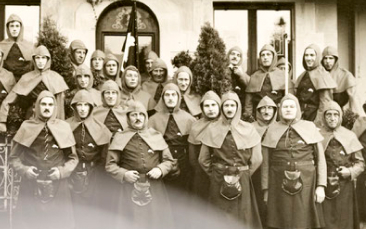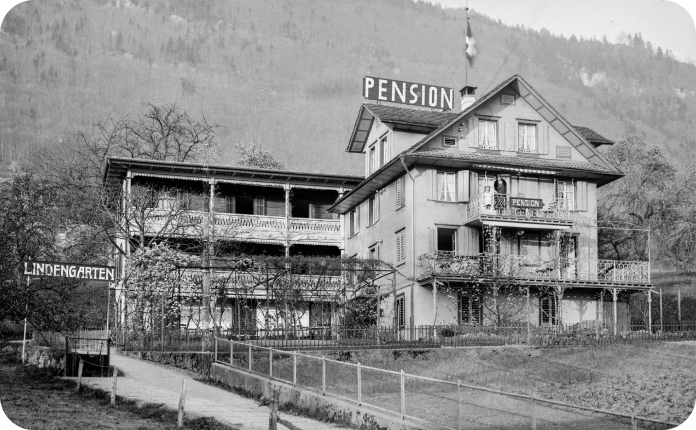
This historic village and its well-conserved centennial buildings has a long and interesting history, something that makes it even more attractive, if possible. It is not just a matter of architecture or territorial distribution, but also its traditions, folklore or cuisine, among many other elements, at any level, that made from Weggis what it is today. Living source of history, traditions and popular culture.
History of weggis
As we all know, our memory has its limits. To prevent our head from playing tricks on us and in order for this history, culture and knowledge to be properly conserved and disseminated, various local institutions work on its conservation and diffusion. A good example of this is the “Historisches Archiv Weggis”
Weggis, the Place of
the Ferrymen, name and meaning with Celtic origin.
800 AC
He monastery of Pfäfers acquired the court of Wattawis
1332 AC
Weggis and Gersau were free republics and allies of the neighboring Old Swiss Confederacy
1359
Treaty signed: Weggis, Gersau & Old Swiss Confederacy
1380
The Lords of Hertenstein sold their rights to Lucerne
1965
700 people were living in Weggis.
History
Of Weggis
Around 800, the monastery of Pfäfers (SG) acquired the «Wattawis» farm. The community had been inhabited for a long time at that time. The community name comes from the Celtic and means “place of the ferrymen”. The first documented mention of Weggis under its Latin name Guategisso dates back to 1116, when Pope Paschalis II confirmed his rights of ownership to the Pfäfers monastery. The freedom-loving residents were under the rule of the Habsburgs for a while. The lords of Hertenstein ruled for both the friars and the Habsburgs. But as early as 1332 Weggis and Gersau became free republics and allies of the neighboring original Swiss. This was confirmed in 1359 in a federal letter from the Confederates. Nevertheless, the lords of Hertenstein sold their rights to the city of Lucerne in 1380.
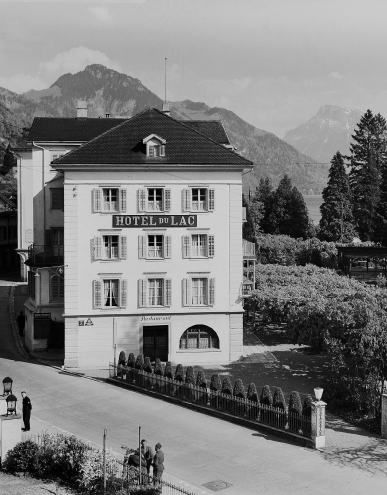
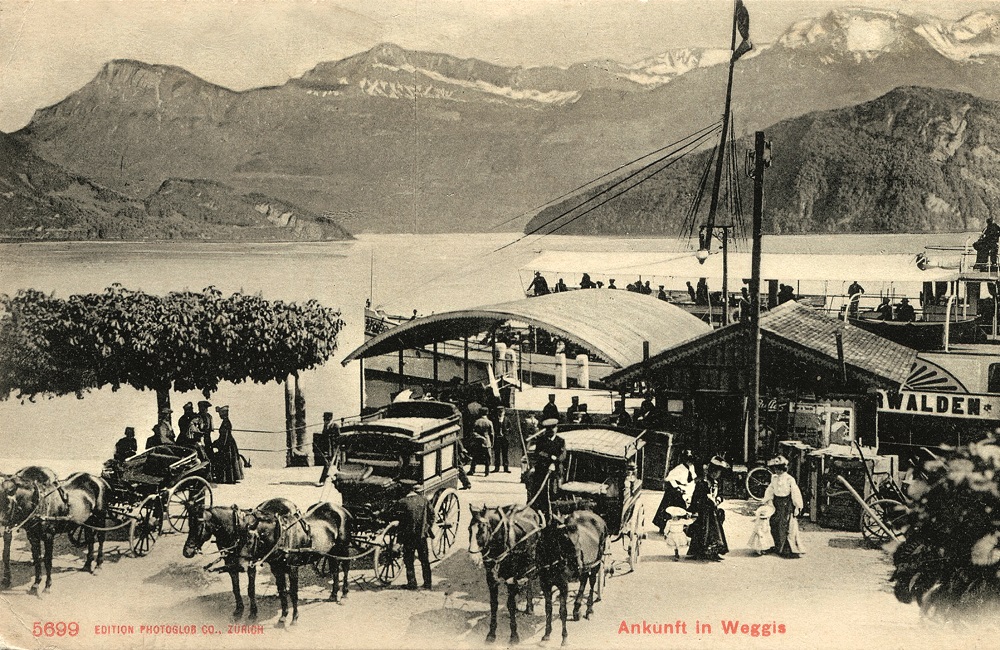
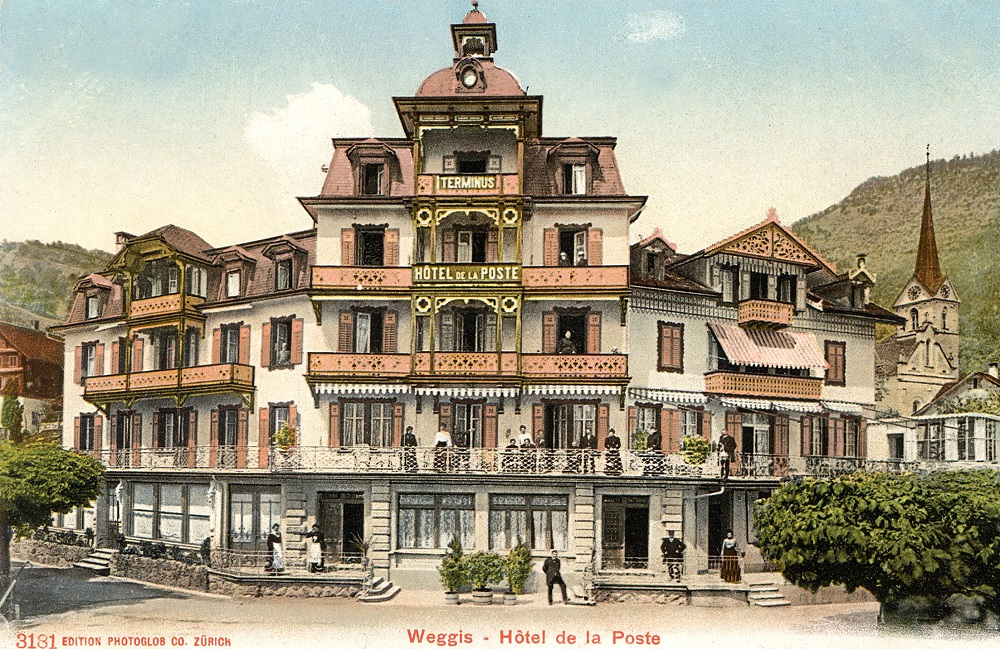
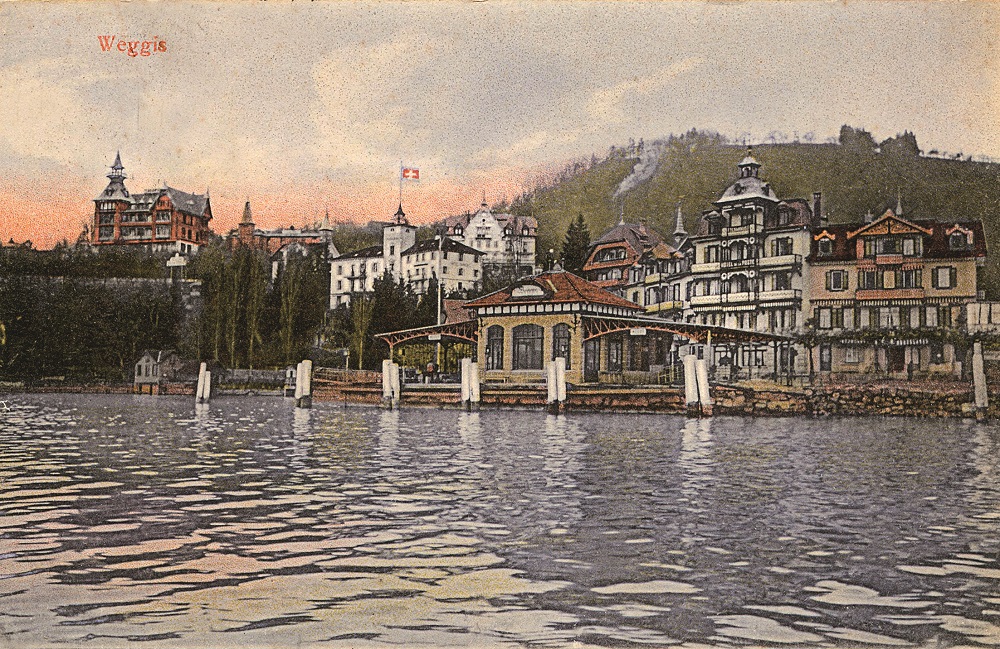
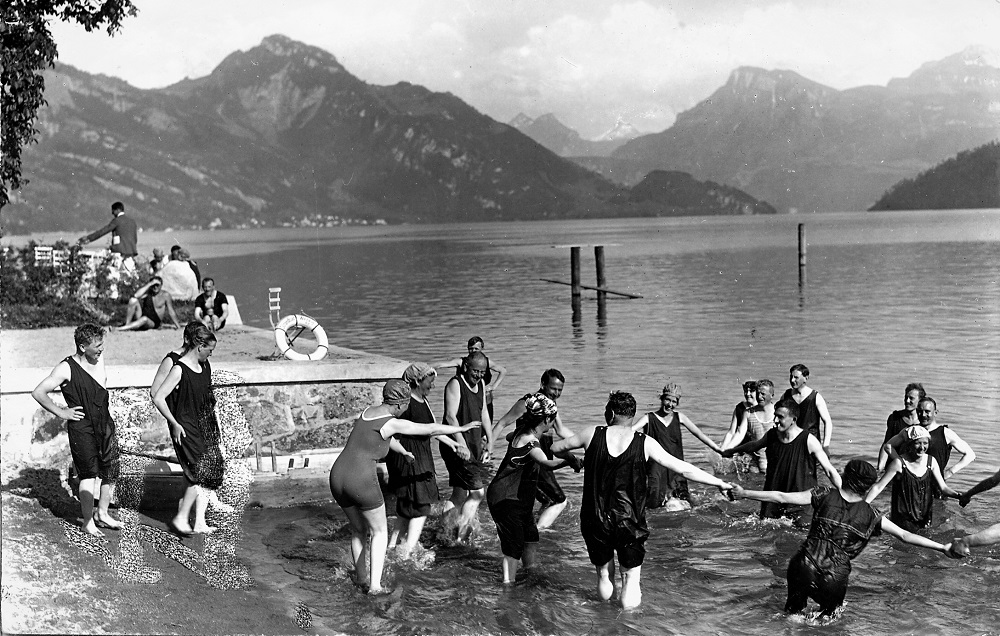
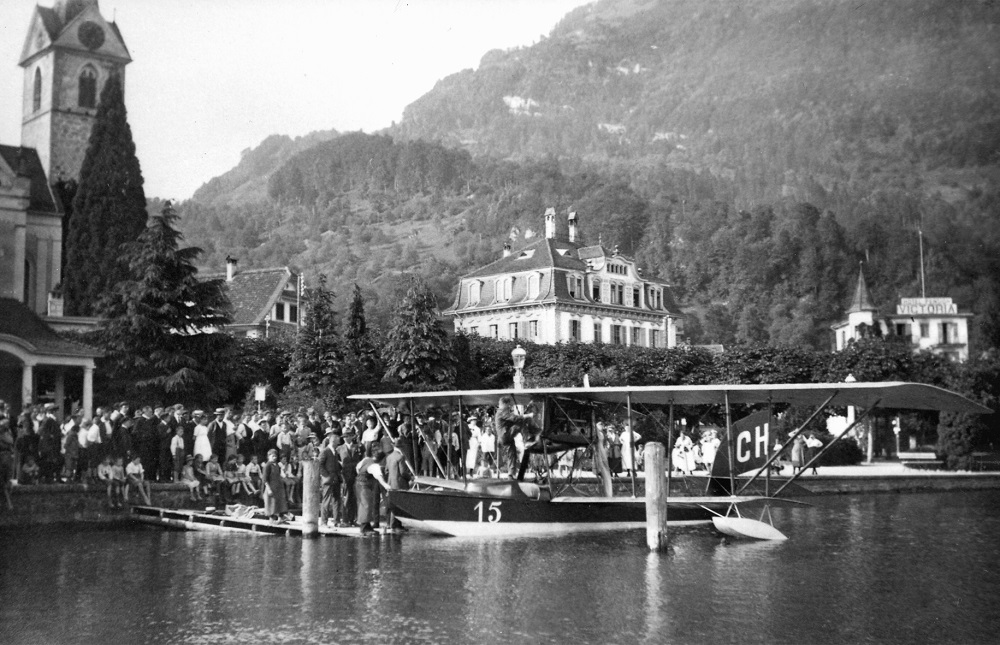
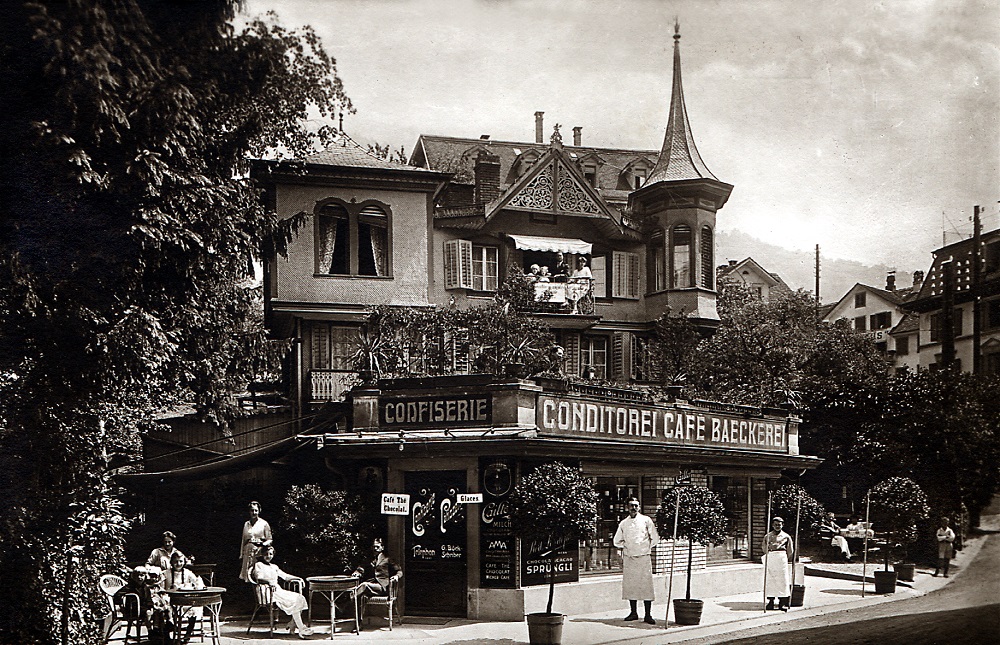
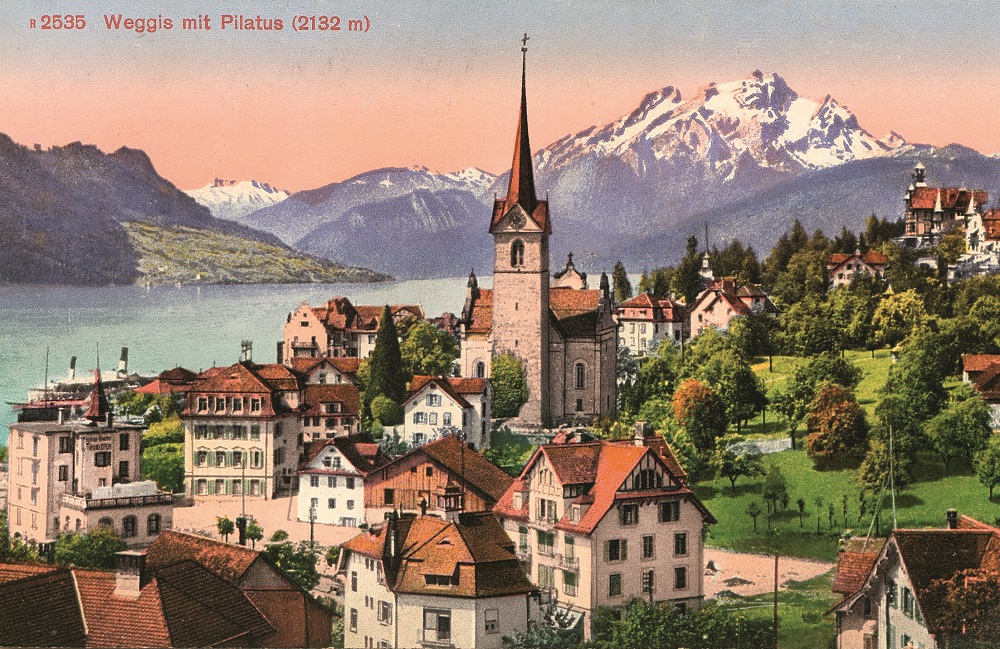
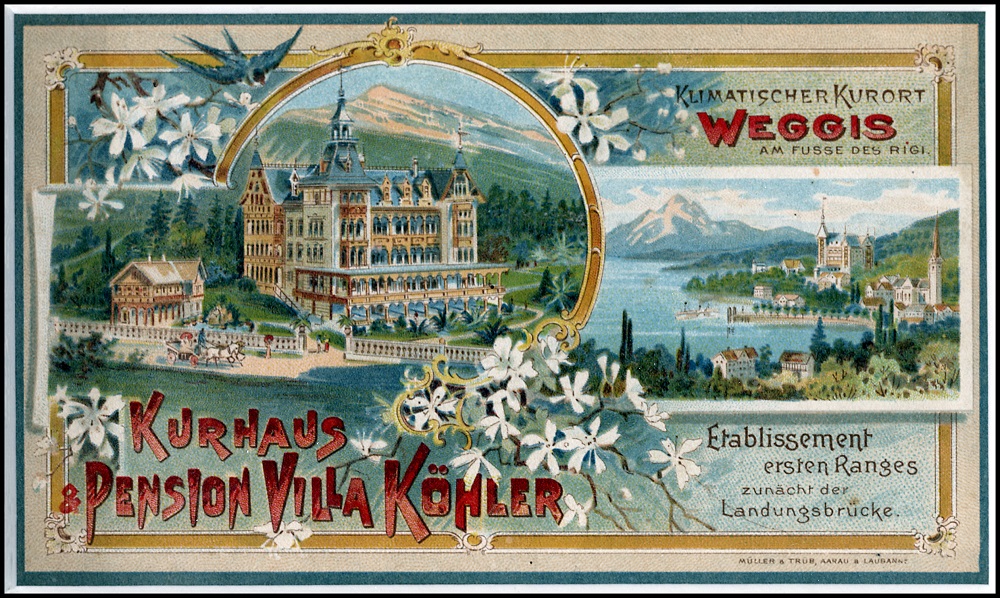
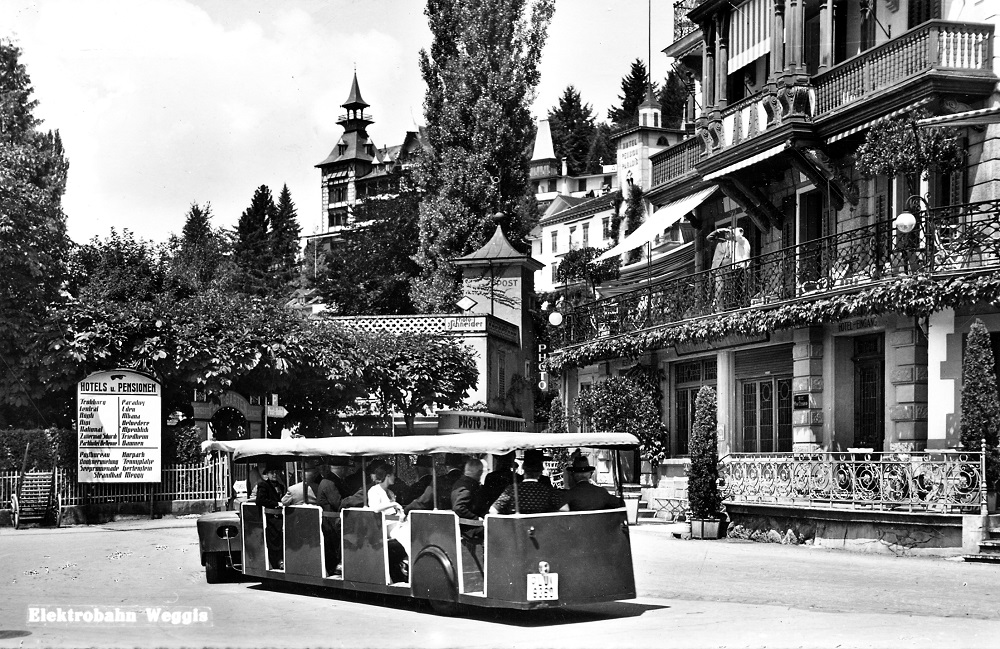
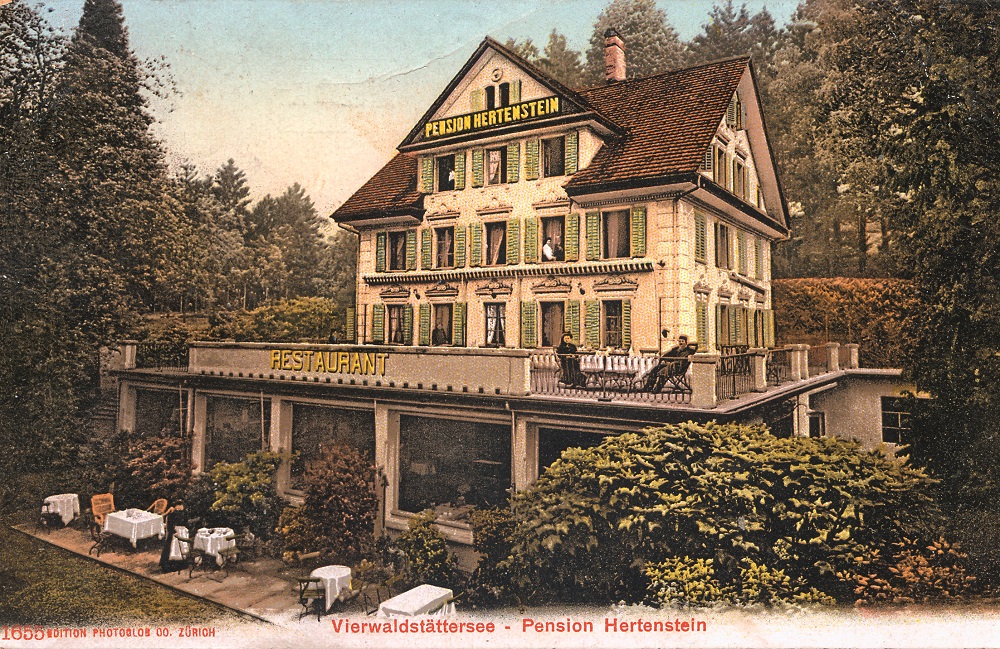
These administered Weggis until 1798 as part of the Landvogtei Weggis. However, the Weggis defended themselves against the lords of Lucerne in several uprisings until 1588.
In the Peasants’ War of 1653, they were for once on the side of the rulers of Lucerne. From 1798 to 1803 the community belonged to the District of Lucerne, after which it belonged to the newly created Office of Lucerne.
In 1798 the district of Vitznau was separated from Weggis and became an independent municipality. The merger project of the three Lucerne Rigi communities Weggis, Vitznau and Greppen was suspended indefinitely in 2005.
